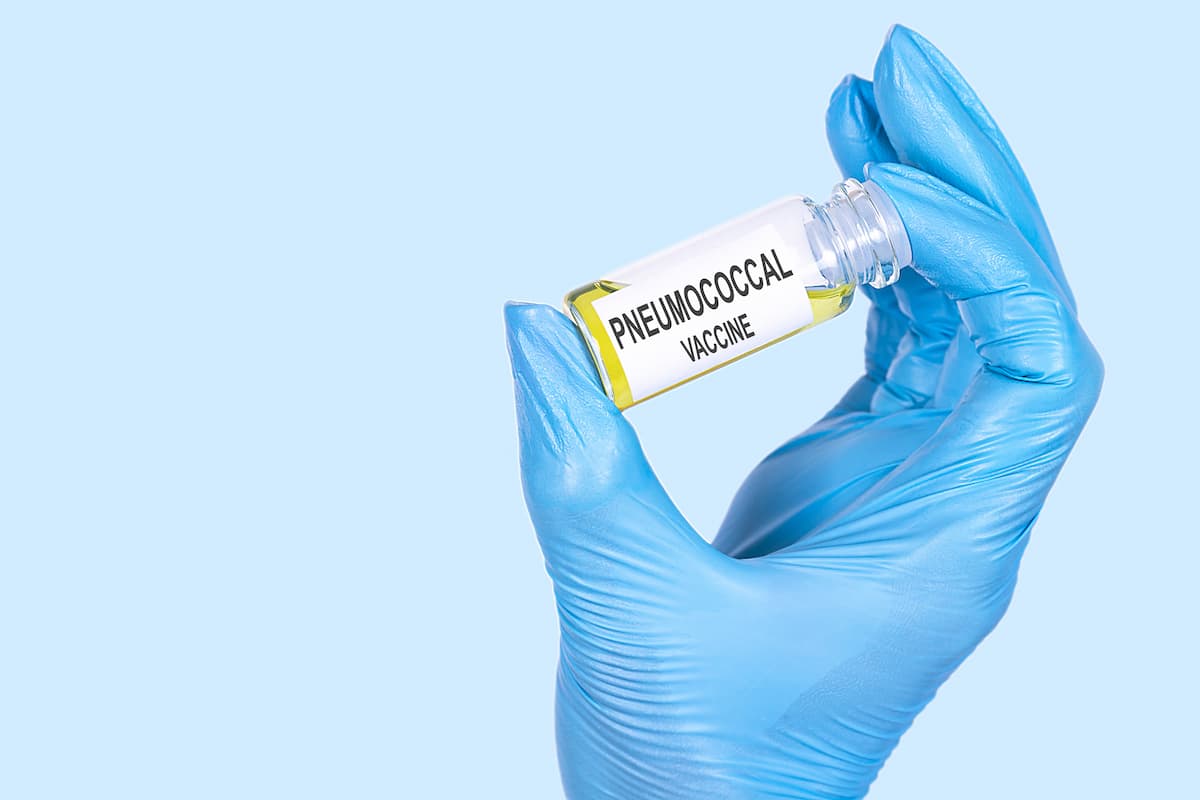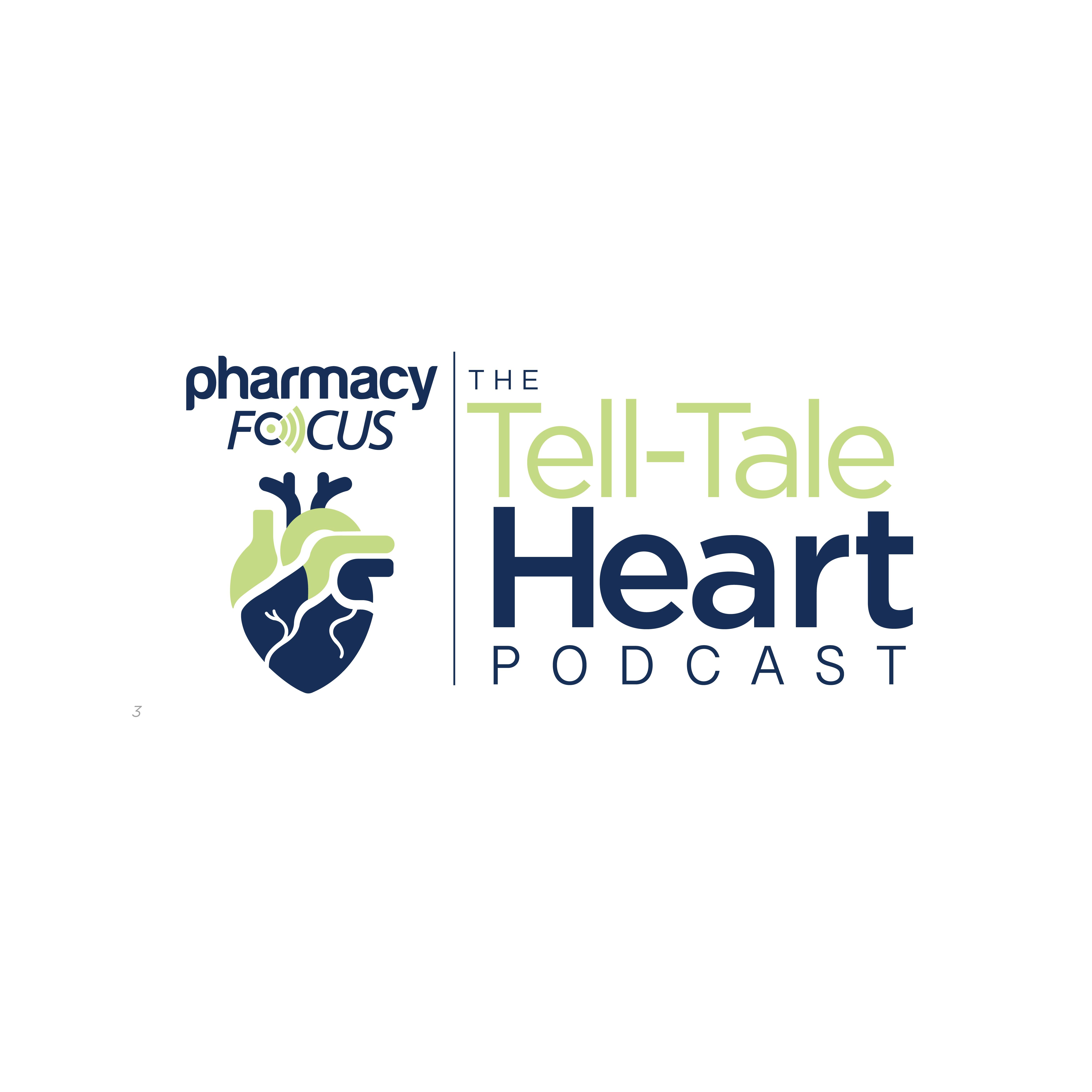News
Article
Study Finds Fewer Than 1% of US Clinical Trials Enroll Pregnant Participants
Author(s):
Key Takeaways
- Less than 1% of clinical trials include pregnant participants, indicating a need for more pregnancy-specific evidence and RCTs.
- Trials involving pregnant participants are more likely to focus on prevention and less likely to be industry-funded.
The authors note that this lack of inclusion can leave important safety and efficacy questions unanswered.
Study findings published in the American Journal of Obstetrics and Gynecology demonstrate that fewer than 1% of clinical trials enrolled pregnant participants. These data emphasize an ongoing need for more pregnancy-specific evidence and randomized control trials (RCTs) to improve available data for health care professionals to ensure that pregnant individuals are receiving high-quality, evidence-based care.1
Image credit: New Africa | stock.adobe.com

According to the study authors, there has been an increase in pregnant representation in research—including in RCTs—but there remains a lack of systematic information about the frequency and types of RCTs that enroll this population. For this study, the authors utilized data from ClinicalTrials.gov over the past 15 years to better quantify the proportion, characteristics, and funding of RCTs that are open to women aged 18 to 45 that have enrolled pregnant people.1
“When pregnant women are excluded from drug trials, it is harder to know if the medication is safe for mothers and their children,” Alyssa Bilinski, an assistant professor of health services, policy, and practice and of biostatistics at the School of Public Health, Brown University, said in a news release. “In practice, this means that some people might decide to take medications even absent rigorous evidence, which could lead to harmful side effects. At the same time, others might avoid medications that could actually help them because there’s not enough data to give them confidence about safety.”2
The study authors gathered 44,160 RCTs published to ClinicalTrials.gov, of which 362 (0.8%) included pregnant participants. A total of 33,249 (75%) actively excluded this population, and 10,549 (24%) did not specify whether or not pregnant people were enrolled. Compared with RCTs that excluded pregnant participants or did not specify whether pregnant people were enrolled, RCTs that specifically enrolled pregnant participants were more likely to be open-label (40% vs 30%, P < .001) and focused on prevention methods (34% vs 5%, P < .001), such as interventions to predict preterm labor, infections, and mother-to-child HIV transmission, rather than treatment (58% vs 80%, P < .001).1
In addition, RCTs that enrolled pregnant participants were less likely to be industry-funded (23% vs 77%, P < .001). Among the 362 RCTs including pregnant participants, 136 (38%) were focused on labor and/or delivery, 80 (22%) on pregnancy-related conditions, and 53 (15%) on preterm labor. Others studied infectious disease (n = 57, 16%)—of which malaria (n = 19) and HIV (n = 15) were most common—chronic conditions (n = 19, 5%), and pregnancy symptoms (n = 9, 2%). Outside of “included” RCTs, the investigators reported identifying 225 RCTs that were related to infertility, 116 to erectile dysfunction, and 71 to abortion or fetal demise treatment.1
The findings, according to the authors, emphasize that rates of inclusion of pregnant participants in drug trials have not changed within 15 years, despite calls for greater involvement. The authors also noted that it wasn’t until 1962 that FDA mandated that pharmaceutical companies demonstrate the safety and efficacy of their medications, and only in 1993 were trials required to include women.1,2
“We found only 19 trials for non-infectious chronic conditions like anxiety, depression and asthma that have included pregnant participants. While it may seem risky to include pregnant people in research, it’s even worse to leave them guessing based on incomplete information,” explained Bilinski. “That really wasn’t that long ago. Our hope is that 30 years from now, lacking high-quality evidence about medication safety during pregnancy will seem as strange and outdated as excluding women from trials seems to us today.”2






